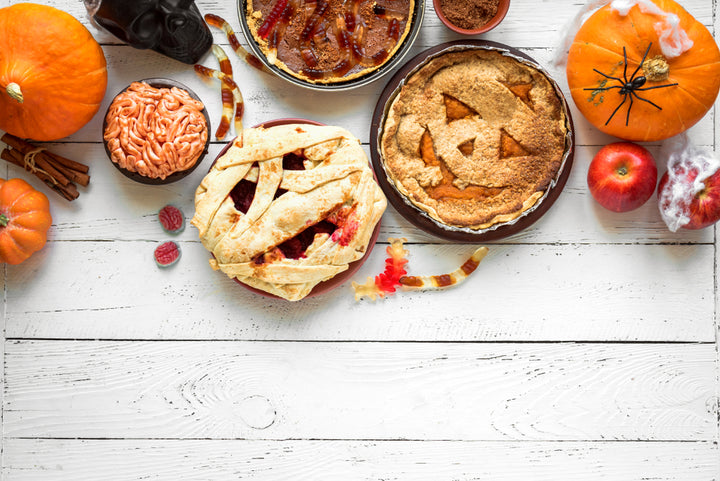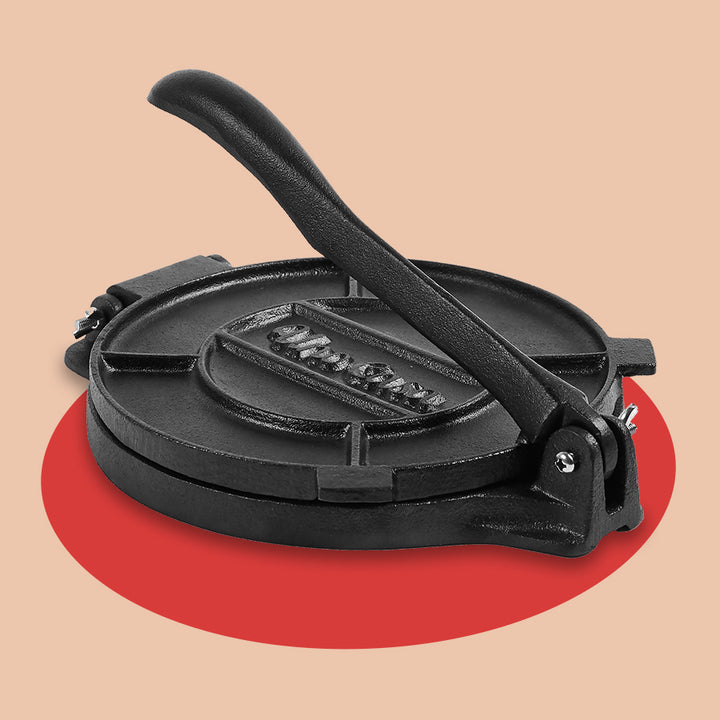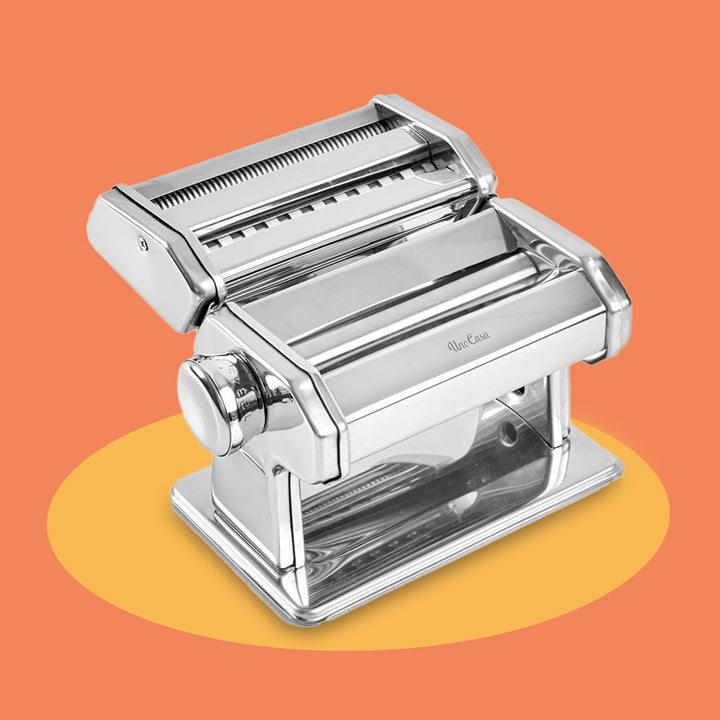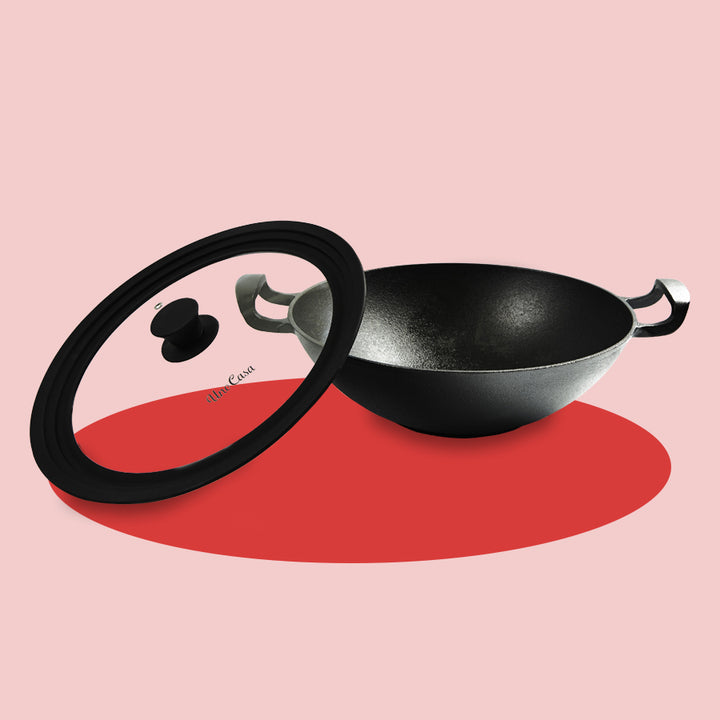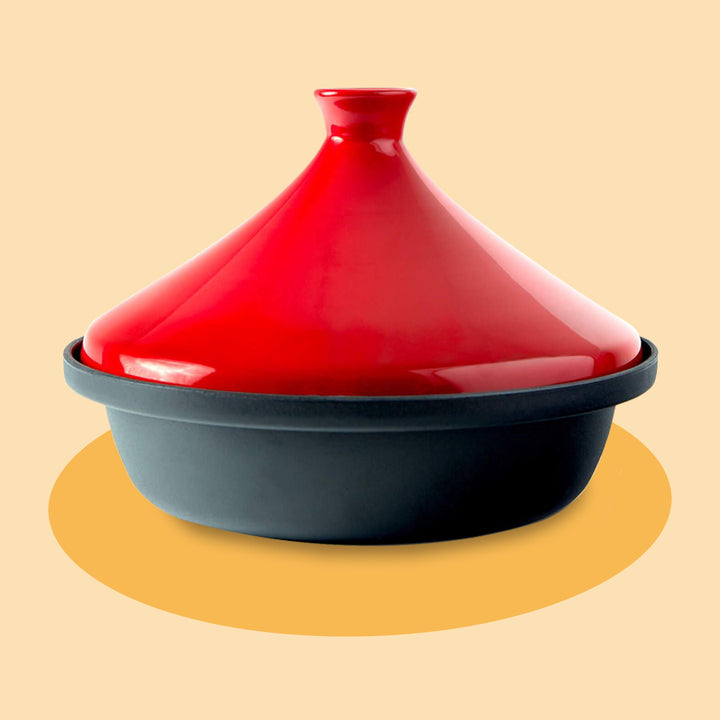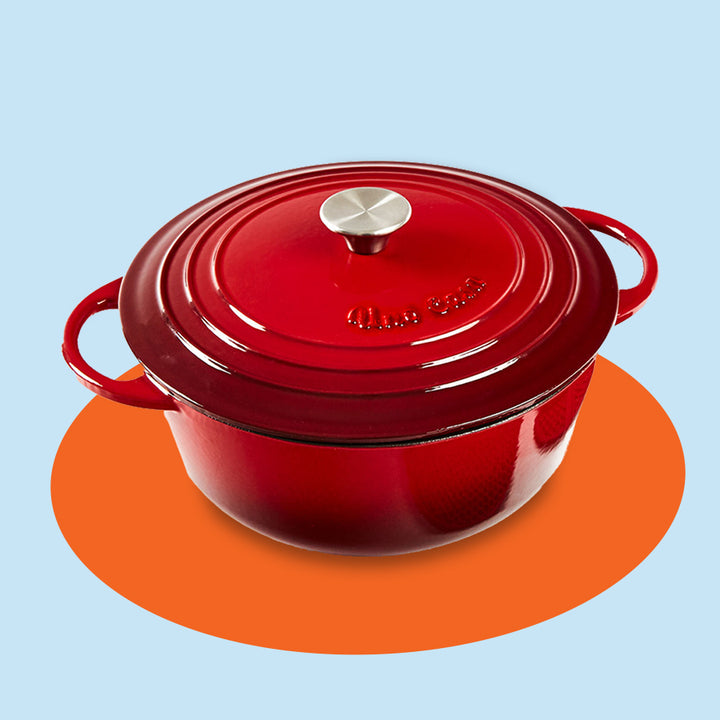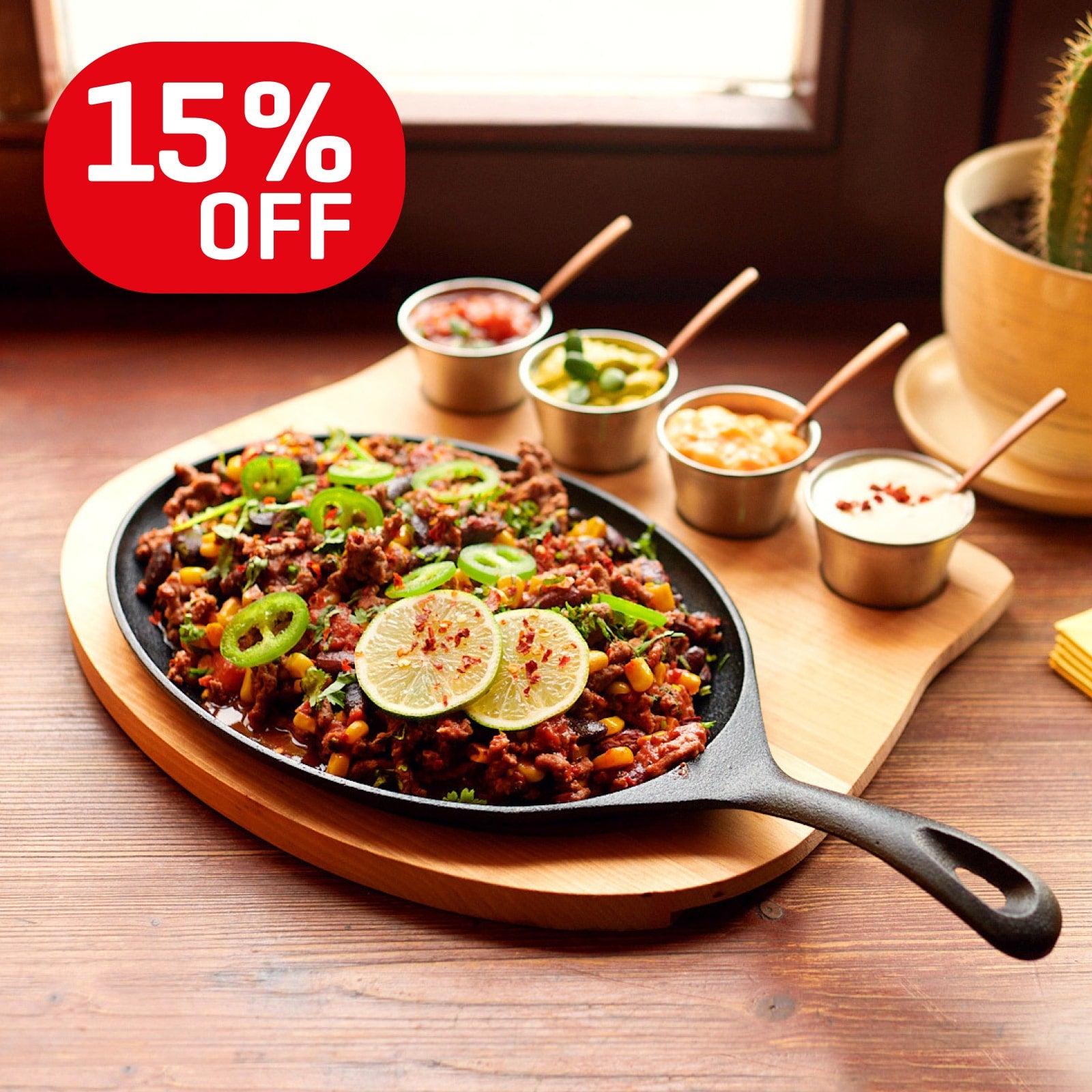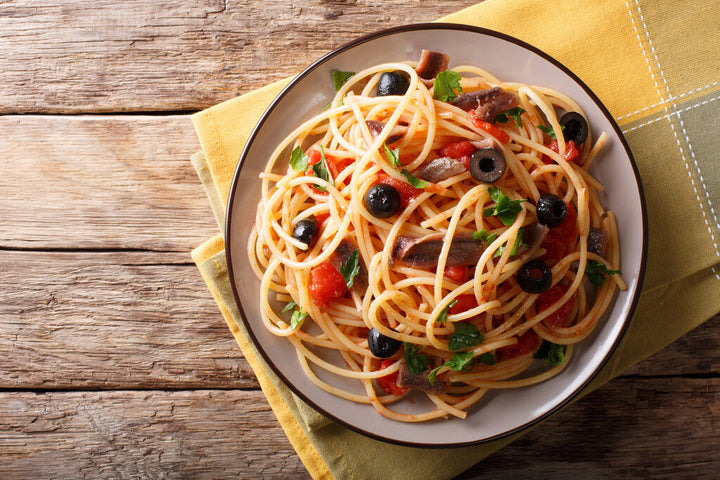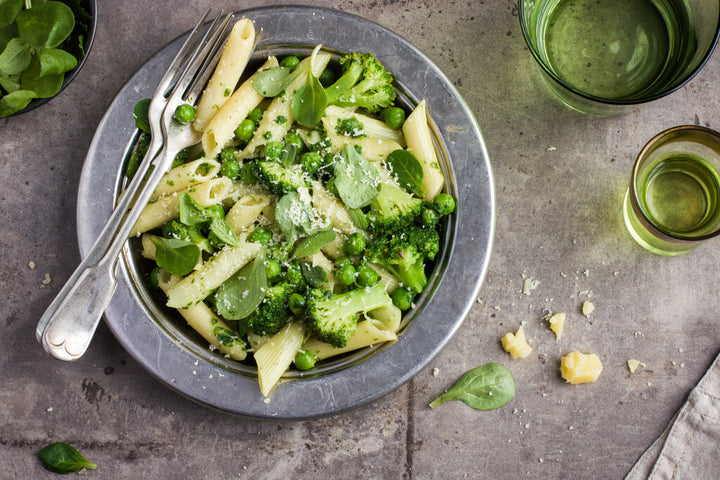What is pad Thai? Pad Thai is one of the most variant stir-fry dishes you will come across, and each restaurant you visit will tell you that their Pad Thai recipe is the most authentic. But even with all of that variety, it seems that most chefs seem to agree that shrimp is a staple ingredient in the dish.
This Thai shrimp recipe incorporates many of the traditional influences from the different Pad Thai vendors we've come across on our travels while keeping it simple enough to cook at home. Try it for yourself, before you know it you will be wowing your guests with your customized Shrimp Pad Thai recipe.
Follow this simple shrimp pad Thai recipe, and you will be serving this classic dish right out of a wok in your kitchen!
Variations of Classic Shrimp Pad Thai
Although pad Thai recipes are the most famous Thai shrimp recipes, pad Thai comes in a lot of different forms. There is no hard and fast definition of what makes a "true" pad Thai. Shrimp, peanuts, and noodles are the most common ingredients, but beyond that, there are several variations. Once you've mastered our shrimp pad Thai, why not try some of these:
- Change the meat: Instead of shrimp pad Thai, try using part chicken and part shrimp, only chicken, or even only beef. Bear in mind that you'll need to change the cooking times for a mixed protein Pad Thai. Shrimp cooks quickly, whereas chicken and beef need a little longer, so they should be added first.
- Change the noodles: Popular alternatives to flat rice noodles include glass noodles, lo mein, or soba noodles. If you prefer, you could use rice, but that might be a stretch of the term pad Thai.
- Change the vegetables: Try adding shredded cabbage, Chinese leaf, grated carrots, or even fruits like papaya. Stay away from vegetables or fruits with a lot of water, for example, tomatoes, as this will dilute the sauce.
The name "pad Thai" translates to "Thai stir fry." So, whether you prefer chicken, beef, or shrimp pad Thai, whichever vegetables you use or whatever type of noodles you prefer, as long as it's all stir-fried in a wok, you can say you have made an authentic version!
Liked this Pad Thai recipe? Check more cast iron wok recipes, such as vegan pad thai, vegetable pad thai, or shrimp linguine.
Leave a comment
Comments will be approved before showing up.
Also in Recipes
